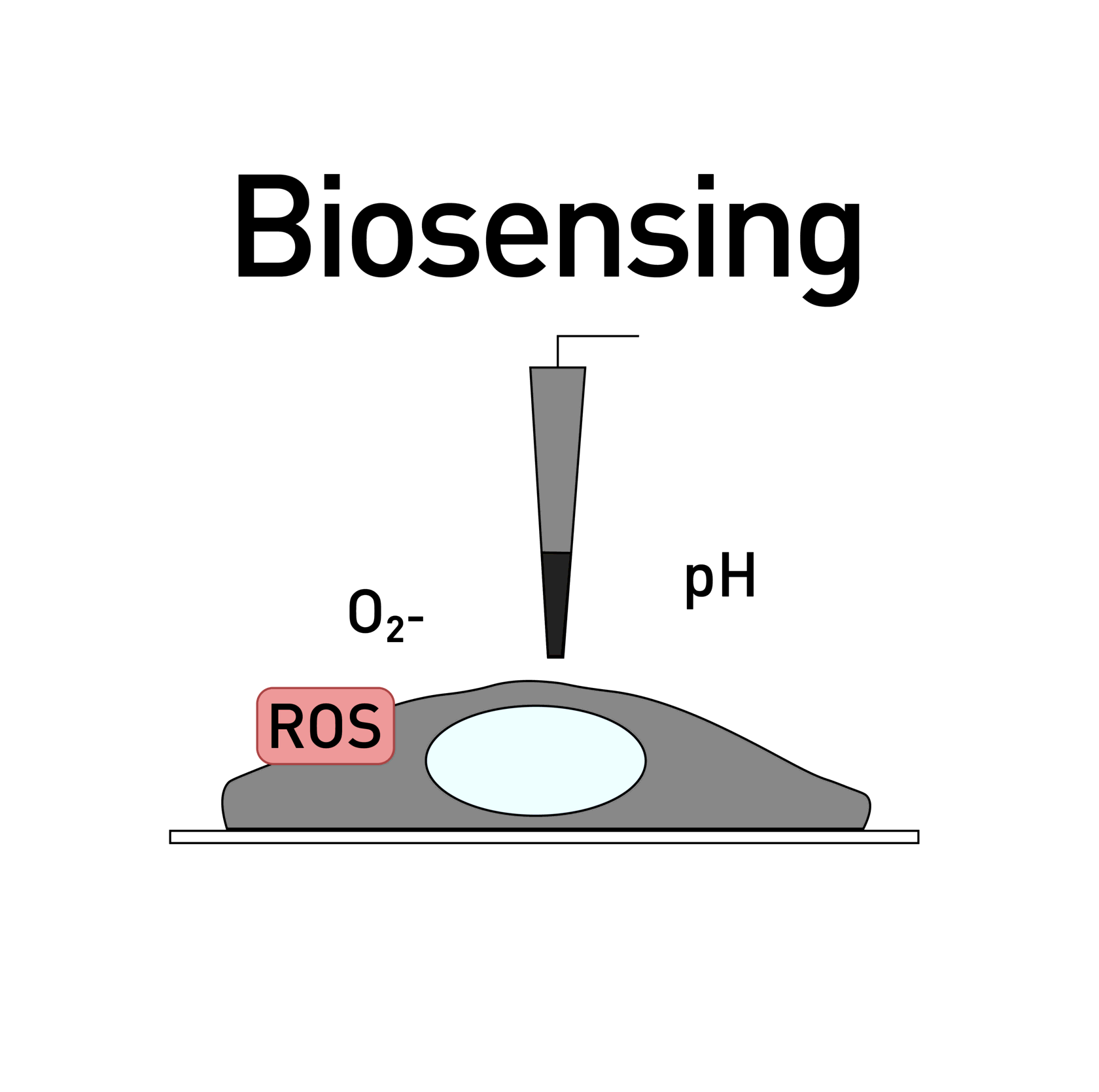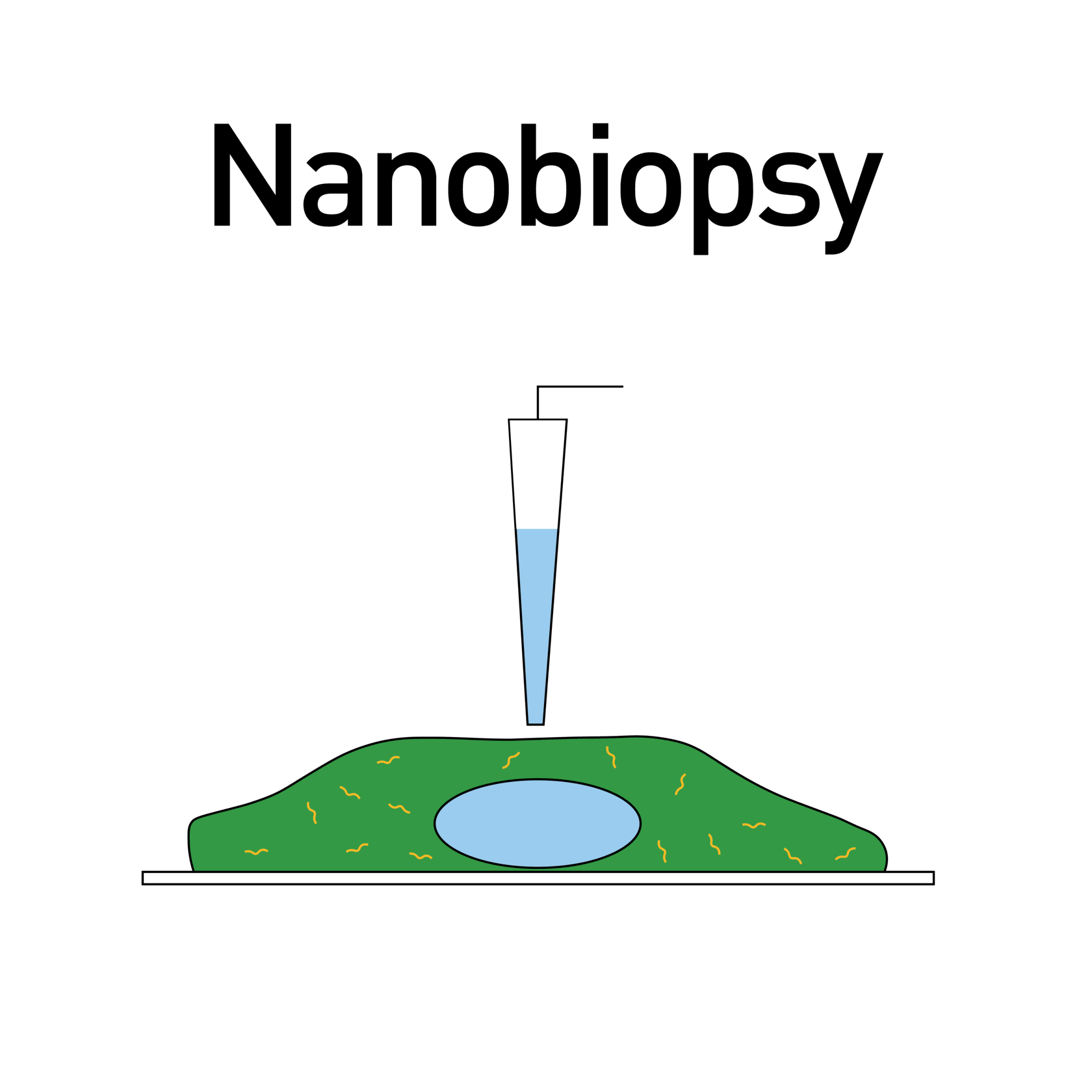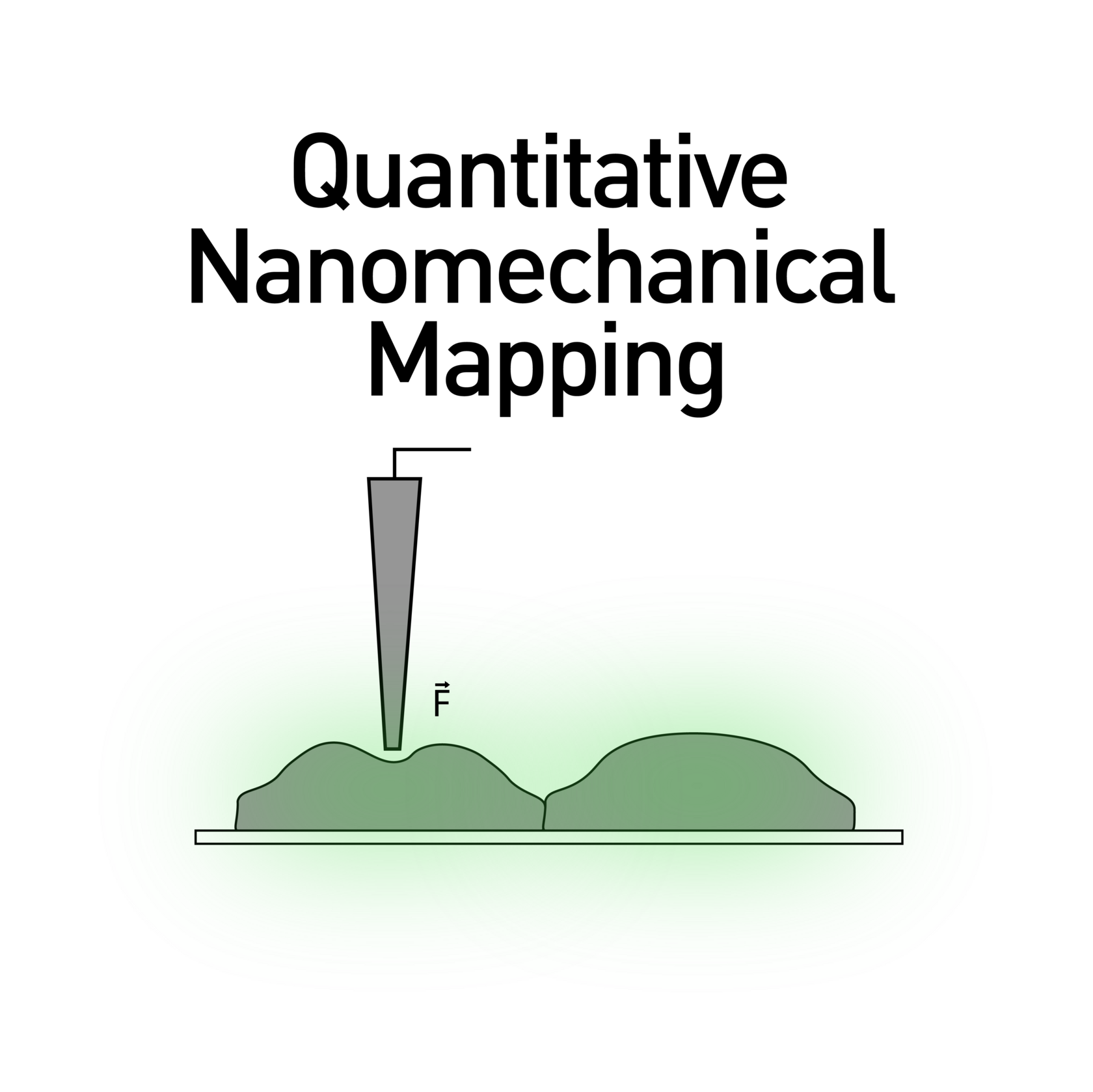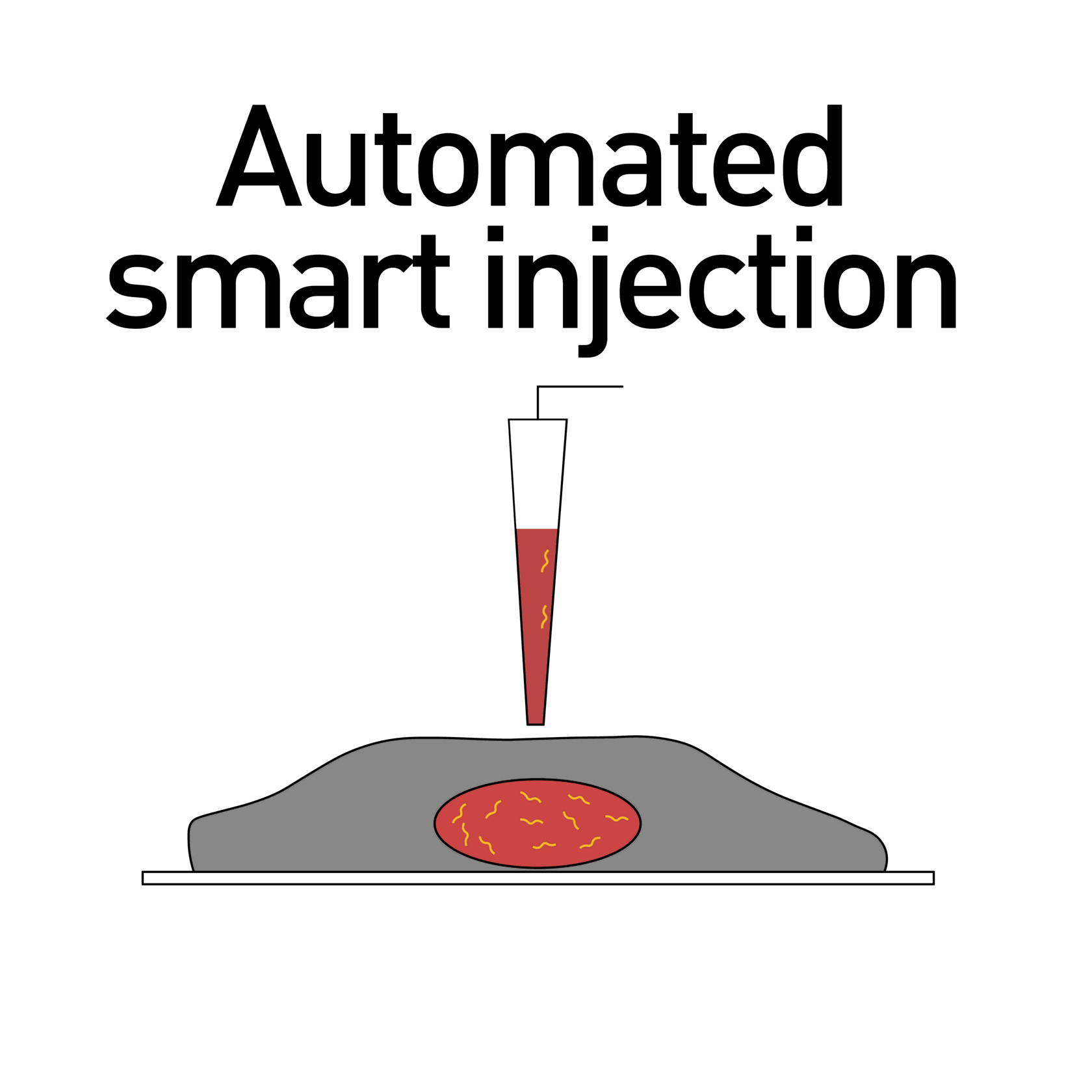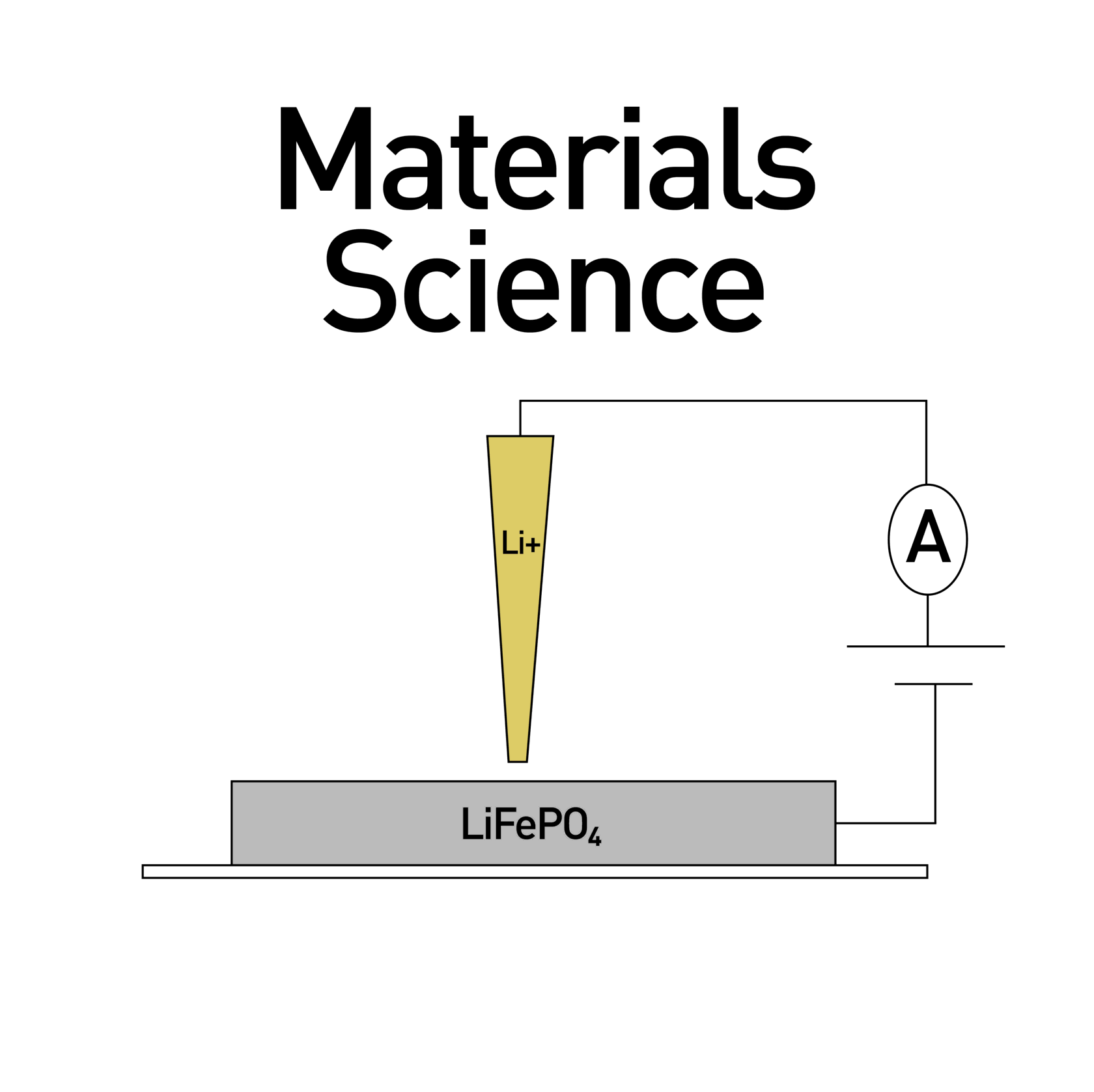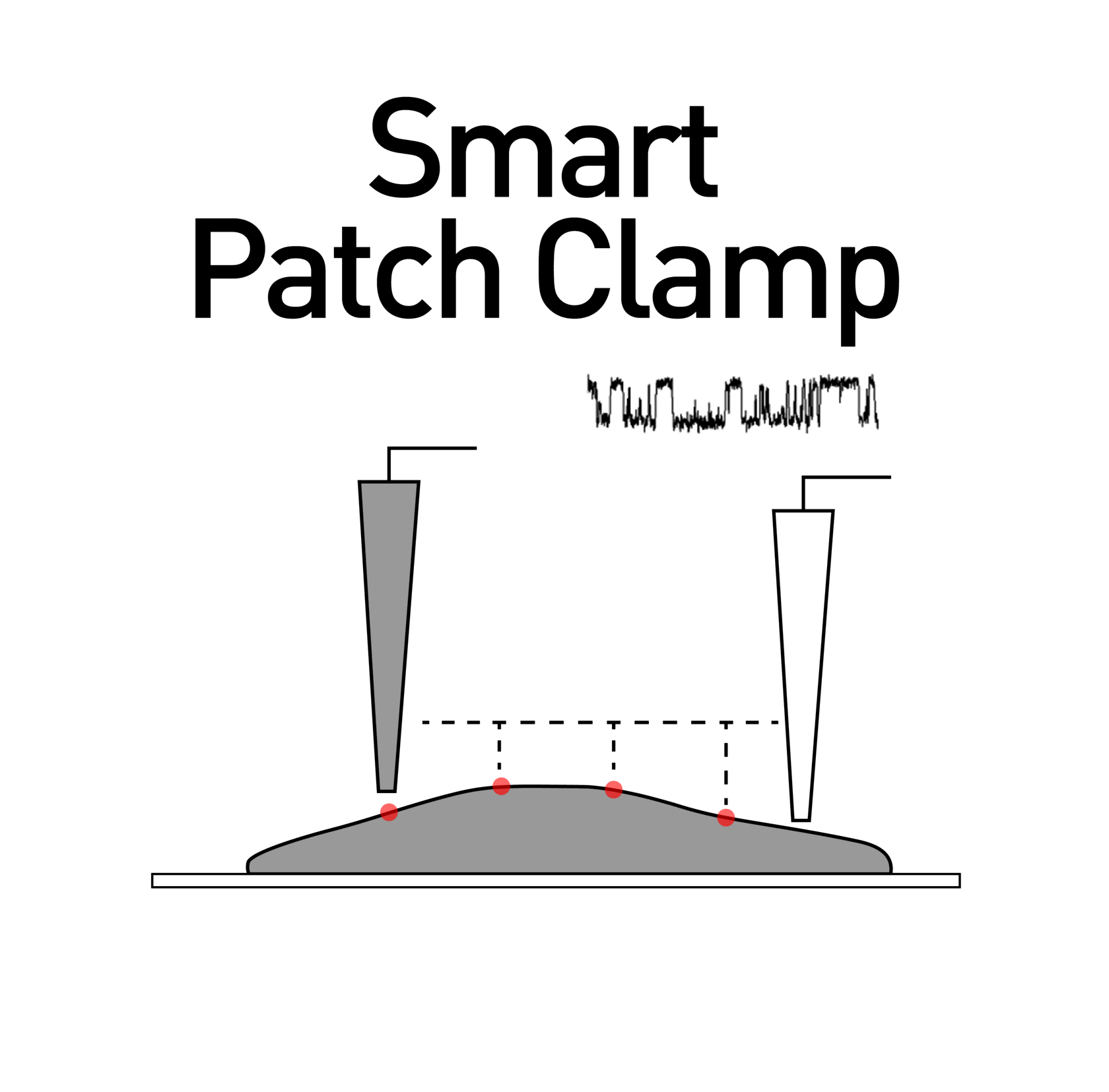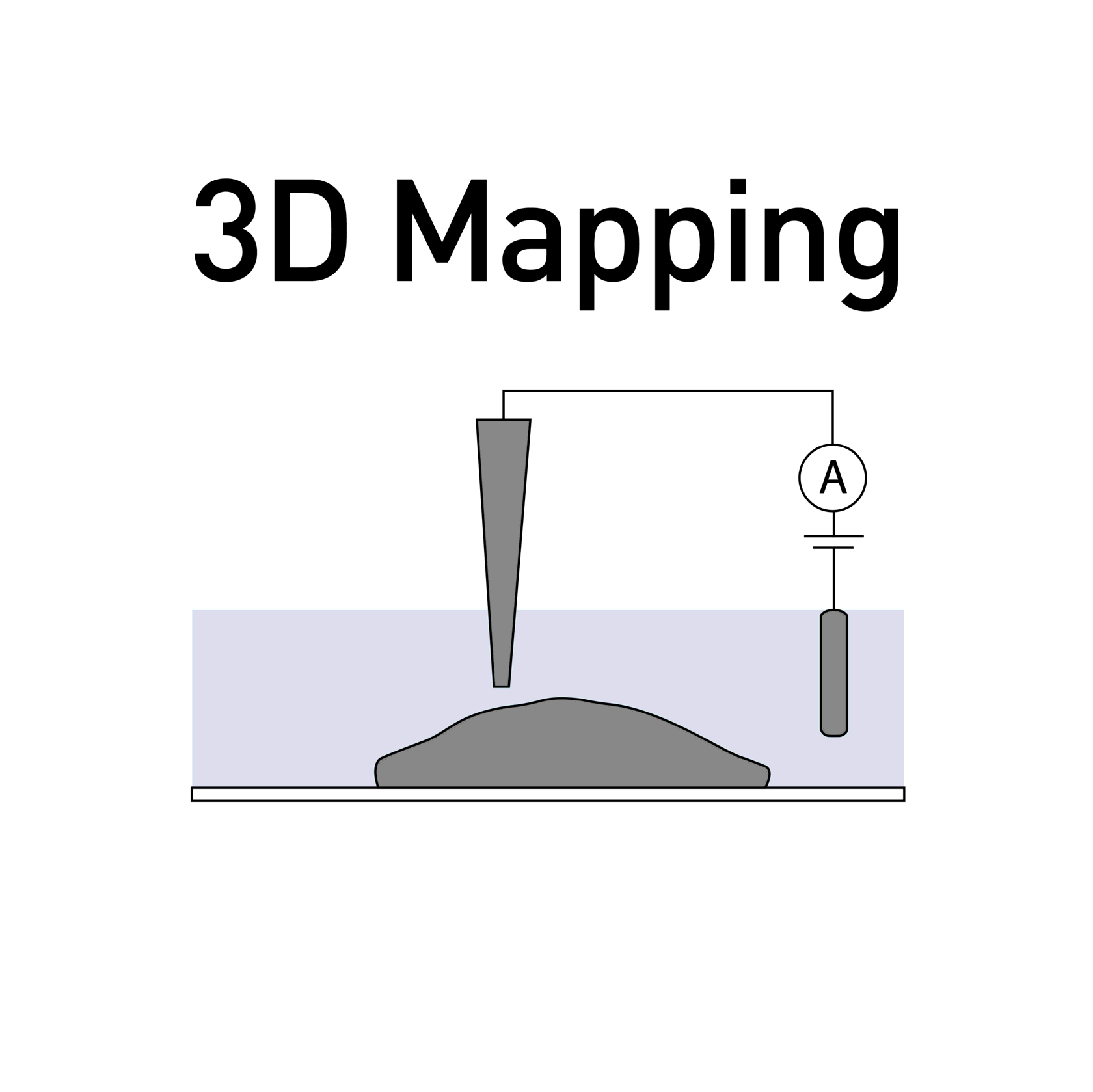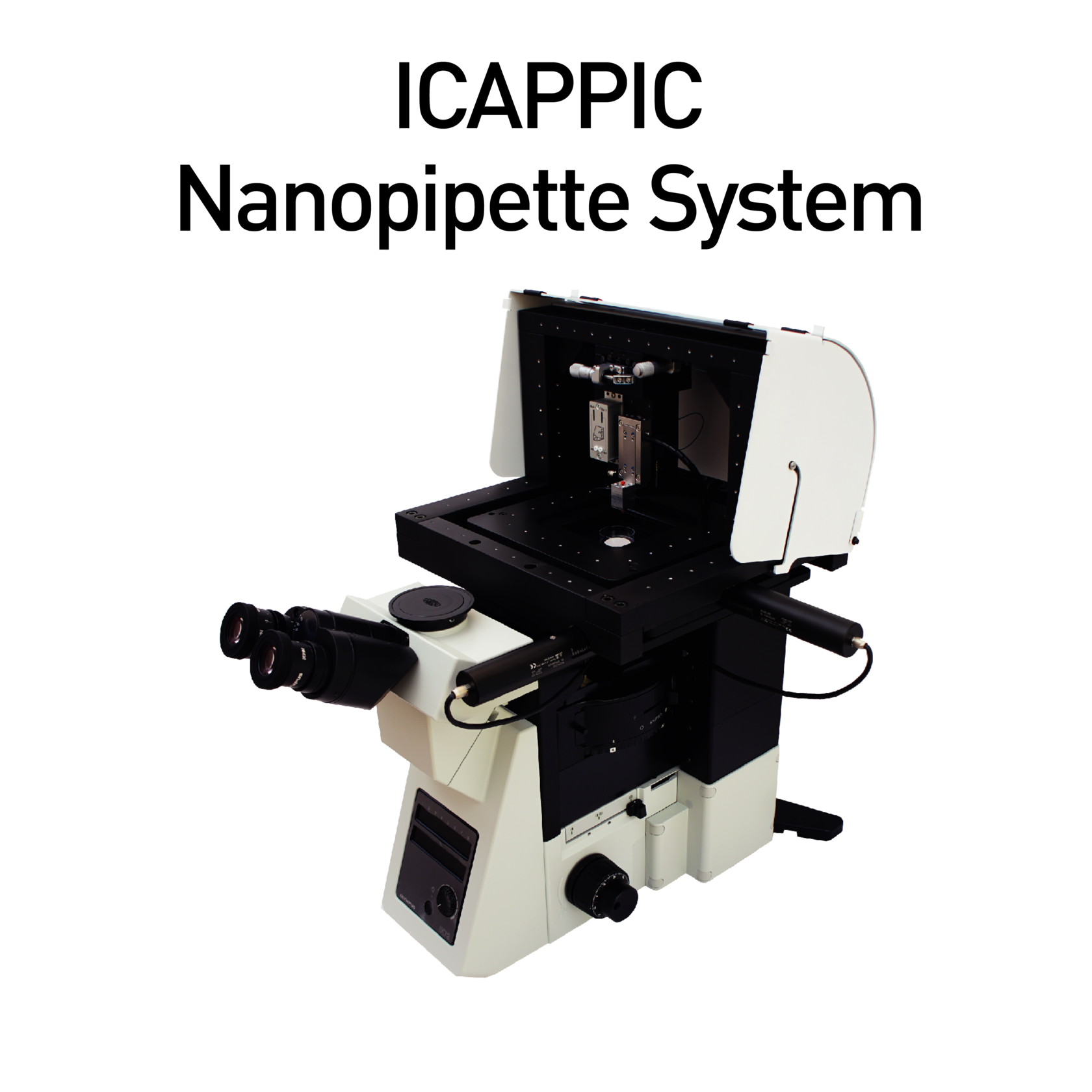- 3D Mapping
- Correlative SICM and Confocal imagining
- Smart patch clamp
- Quantitative nanomechanical mapping
- Materials Science
- Biosensing
- Automated smart injection
- Nanobiopsy
ICAPPIC is a manufacturer of nanoanalytical instruments – particularly scanning ion conductance microscope (SICM)
systems and related equipment – for a broad range of applications related to electrophysiology,
ion-channel pharmacology and other biomedical applications.

ICAPPIC
products
ICAPPIC Image Gallery
Start scan with ICAPPIC right now!

Singapore
Hi-Tech Instruments Pte. Ltd.
25 Bukit Batok Crescent,
#05-03, The Elitist,
Singapore 658066.
+65 - 6899 9218
+65 - 6899 0989
Hi-Tech Instruments Pte. Ltd.
25 Bukit Batok Crescent,
#05-03, The Elitist,
Singapore 658066.
+65 - 6899 9218
+65 - 6899 0989
Thailand
Hi-Tech Imaging Co. Ltd.
1/32 (Venice Di Iris, Block6)
Watcharapol Rd., Tharang, Bangkhen,
Bangkok 10220 Thailand.
+662 024 1400
+662 024 1401
Hi-Tech Imaging Co. Ltd.
1/32 (Venice Di Iris, Block6)
Watcharapol Rd., Tharang, Bangkhen,
Bangkok 10220 Thailand.
+662 024 1400
+662 024 1401
Italy
Schaefer SEE Srl
Via Luigi Einaudi, 23/2
45100 Rovigo - Italy +39.0425.073130 / +39.0425.27228
info@schaefer-tec.it
schaefer@pec.it
Schaefer SEE Srl
Via Luigi Einaudi, 23/2
45100 Rovigo - Italy +39.0425.073130 / +39.0425.27228
info@schaefer-tec.it
schaefer@pec.it
Malaysia
Hi-Tech Instruments Sdn. Bhd.
19, Jalan BP4/8,
Bandar Bukit Puchong,
47120 Puchong, Selangor, Malaysia.
+603 - 8061 2228
+603 - 8061 6688
Hi-Tech Instruments Sdn. Bhd.
19, Jalan BP4/8,
Bandar Bukit Puchong,
47120 Puchong, Selangor, Malaysia.
+603 - 8061 2228
+603 - 8061 6688
United Kingdom
ICAPPIC Limited (main office)
U06 Acton Business Centre, School Road
Park Royal, London NW10 6TD
+44 (0) 208 383 3080
info@icappic.com
ICAPPIC Limited (main office)
U06 Acton Business Centre, School Road
Park Royal, London NW10 6TD
+44 (0) 208 383 3080
info@icappic.com
Head office
Our Distributors

ICAPPIC Limited (main office)
+44 (0) 208 383 3080
info@icappic.com
U06 Acton Business Centre, School Road
Park Royal, London NW10 6TD
Privacy Policy

The system for manipulation of cells, with consequent nano resolution imaging, and the ability to carry out targeted patch clamping and electrochemistry.
ICAPPIC Sample system
ICAPPIC Sample system
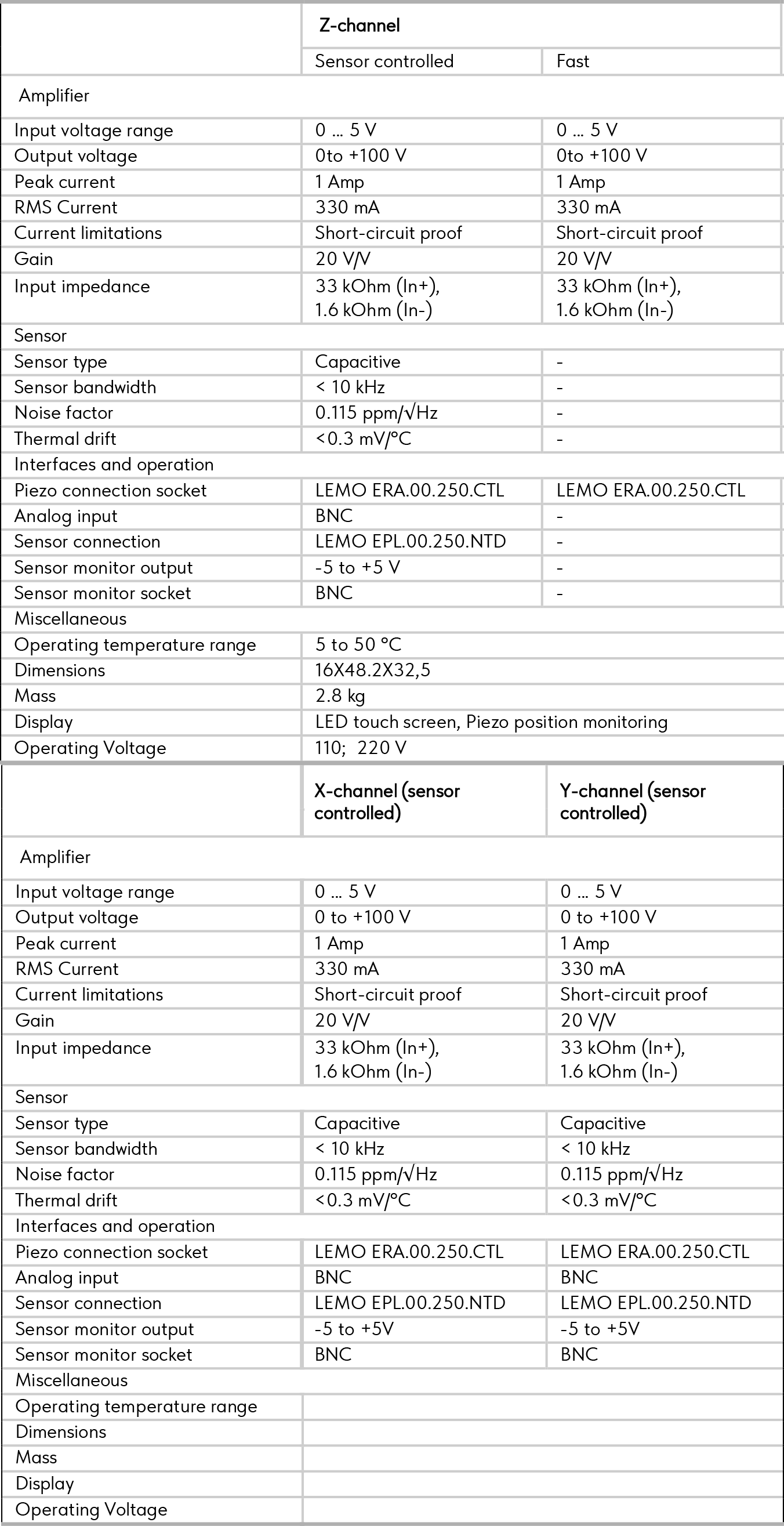

ICAPPIC Angle system
The approach angle of the micromanipulator can be adjusted between 0° and 90° to the horizontal plane, which allows imaging under high magnification objectives that have a short working distance. T The PatchStar micromanipulator and the sample holder were mounted on the Motorized Movable Top Plate (Scientifica, UK) that provided the coarse positioning required for the selection of the area of interest. In our HPICM for upright optical microscopes we implemented a pipette-scanning design where the entire XYZ scanning was performed by the nanopipette while the sample remained in a fixed position. Such design makes the integration of HPICM with standard patch clamp rigs found in thousands of laboratories around the world straightforward. It also enables one or more extra pipettes to be installed for either whole-cell recordings or localized delivery as previously demonstrated for inverted optical microscopes.
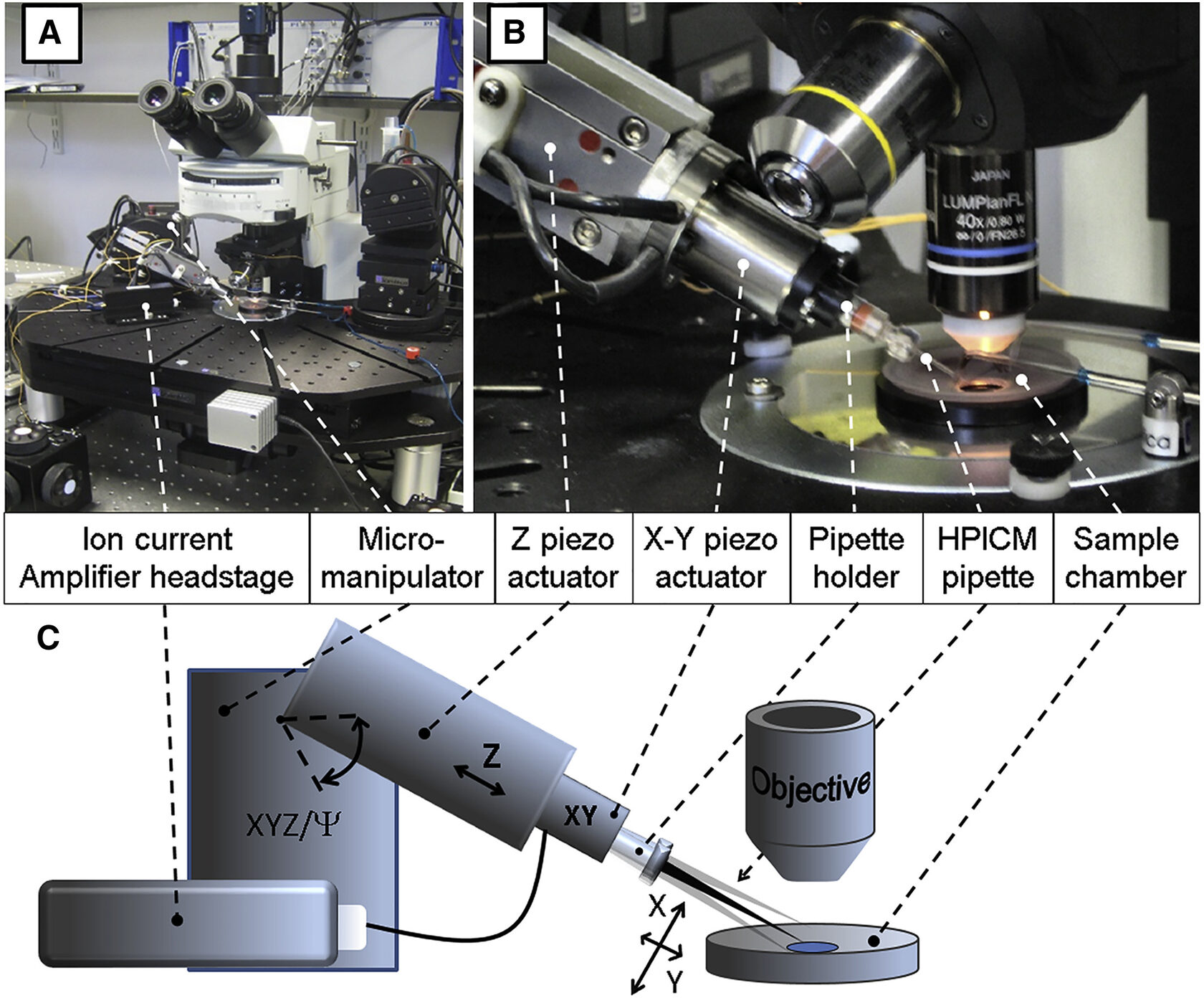
SICM
- Position control: capacitive closed-loop sensors on X,Y,Z axes
- XY travel range: 30×30 μm (optionaly up to 100×100 μm
- Z travel range: 25 μm
- Z position accuracy: 0.1 nm
- Applications: SICM (Hopping mode), SECM, Smart Patch-Clamp, Microinjection, QNM, pH mapping
- Typical image acquisition time: less than 5 minutes (depends on point number and sample roughness)
- XYZ closed-loop tip scanner 100×100×10 μm
- High-performance low noise AFM: Z noise <0.1 nm (RMS in 10-1000 Hz bandwidth)
- Measurements in gas and liquid environment
- Applications: all standard AFM imaging modes (40+), Force-distance spectroscopy
- Non-resonant oscillatory HybriD Mode™ allowing direct and fast force detection for QNM mapping (E-modulus, Adhesion, Deformation, etc.)

ICAPPIC Marlin system

Start scan with ICAPPIC
Just type your contacts




